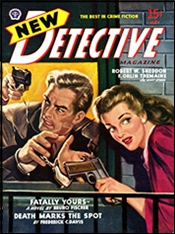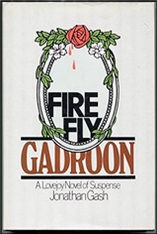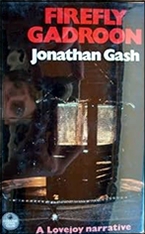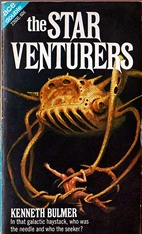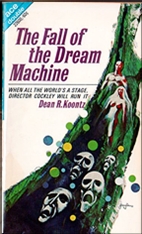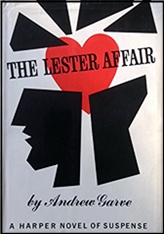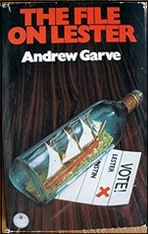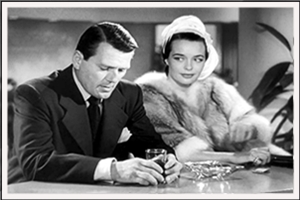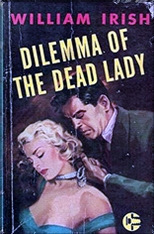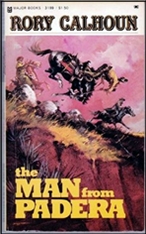Thu 23 Oct 2025
Spy Stories I’m Reading: EDWARD D. HOCH “The Spy Who Knew Too Much.”
Posted by Steve under Stories I'm Reading[3] Comments
EDWARD D. HOCH “The Spy Who Knew Too Much.” Jeffrey Rand #19. First appeared in Ellery Queen’s Mystery Magazine, August 1971, Reprinted in Adam (Australia; March 1973).
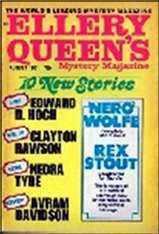
According to the blurb introducing this story in EQMM, Rand is a “code and cipher specialist, detective by necessity, and now troubleshooter-at large,” assigned as he is to a case with roots beginning back in the days at the end of World War II. For reasons of crucial wartime significance, a plane containing a German general and the head of the French resistance was shot down while heading for Berlin, with both men reported killed.
This involves a bit of hand-waving on the author’s part, or at least it was for me, as I didn’t quite understand. But no matter. The sentence above is all the reader really needs to know.
Returning to the present day, a Major Gregory Subic, now living in Toronto, is planning to write a book of his memoirs, and it is rumored to reveal the truth about the affair above. If secrets are revealed, it would be bombshell of a revelation in world affairs, even twenty-five years later.
Rand is sent to learn more, and if possible make sure the details are not revealed. When Subic’s literary agent is found dead with the manuscript missing, the case becomes one of murder as well.
As is usual in the Rand stories, codes and ciphers are involved, and I’m happy to report that I caught on to the one in this one almost immediately.
Not that I got any farther than that with it – but I should have. Mr. Hoch is as clear and precise as he always was in any of the tales of mystery and deduction he wrote, and he outsmarted me once again, even though I thought I was reading as clearly and concisely as I could.
I love it when that happens.
